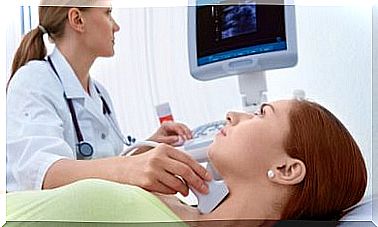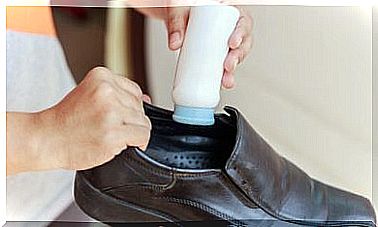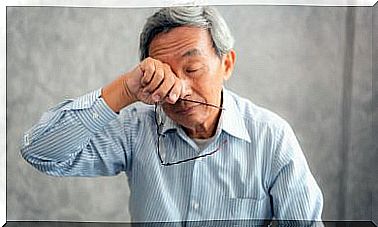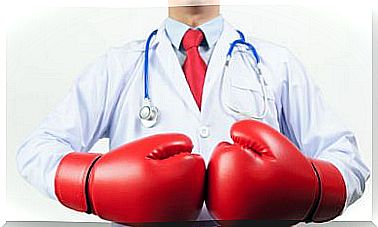Kawasaki Disease: Symptoms, Causes And Treatment
Kawasaki disease is a rare disorder among children. Its incidence is not very high, but it is important that doctors know its existence in order to detect it if it occurs in the pediatric population.
The key point of the pathology is inflammation of the blood vessels. In itself, it does not distinguish between veins and arteries; Either component can be affected.
It is also capable of inflaming lymph nodes and mucous membranes of the face, such as those of the nose and mouth. For this reason, its name Kawasaki disease can be replaced by the mucocutaneous lymph node syndrome in some particular presentations.
In general, children under 5 years of age are affected. It is more common among men than among women, but the difference in prevalence is minimal. Some ethnic groups have presented more frequency of the disorder than other regions of the world, such as the Japanese.
The cause and origin are unclear. Some hypotheses mention the intervention of microorganisms as triggers of the symptoms, but it has not been proven. There are also suspicions of a familial genetic predisposition, although its intimate mechanisms have not been revealed.
Symptoms of Kawasaki disease
Kawasaki disease goes through three progressive phases:
- The initial symptom is high fever, almost 40 degrees Celsius and 72 hours of evolution. It is usually accompanied by conjunctivitis without legañas and a skin rash on the trunk and genital region.
- In a second phase of the symptoms, desquamation appears. Skin that has been irritated and inflamed begins to shed in large amounts, especially on the limbs. Gastroenteritis may manifest with vomiting and diarrhea, as well as joint pain. The fever is usually no longer present.
- Finally, in the last phase, no signs of Kawasaki disease are added, but the old ones slowly disappear. Convalescence is long and it is difficult for the child to regain his level of activity prior to the pathology.
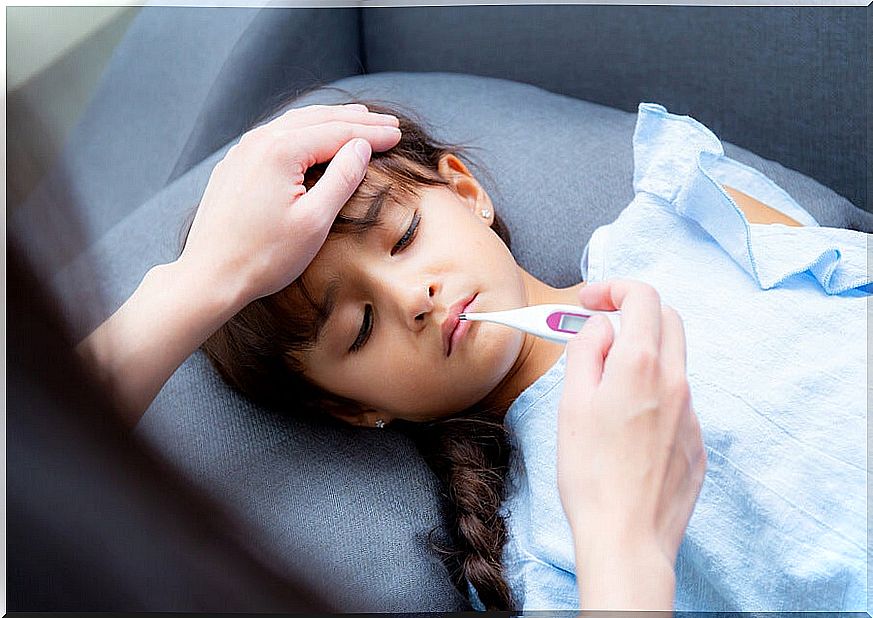
How is it diagnosed?
The world medical associations have developed a guide to criteria for the diagnosis of Kawasaki disease. Yes or yes there must be a fever and, in addition, four of the following symptoms :
- Swelling of the hands and feet.
- Raspberry-shaped tongue and dry lips.
- Peeling of the skin on the upper or lower limbs.
- Rash with little repetitive pattern.
- Cervical nodes enlarged.
- Conjunctivitis with bilateral red eyes.
Along with observing the symptoms, the doctor must rule out other pathologies that could be confused with Kawasaki disease. If you have reasonable suspicions, you should request an echocardiogram, which will detect inflammation of the blood vessels.
Kawasaki disease treatment
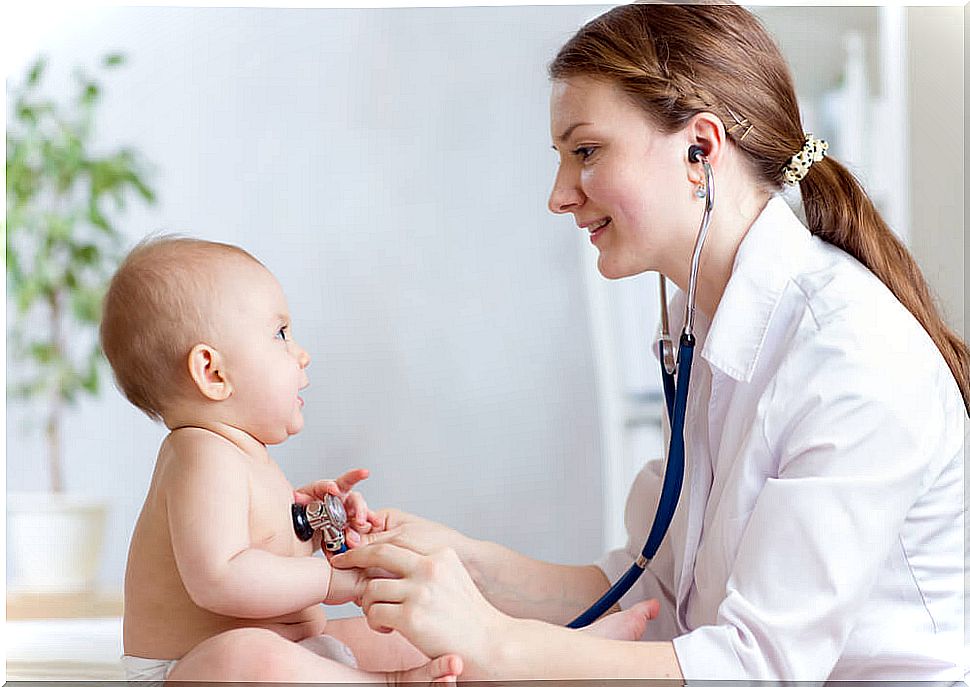
The approach to patients with Kawasaki disease is based on gamma globulins, aspirin, and anticoagulants. The intention is to stop the formation of aneurysms due to the inflammation of the blood vessels.
Gamma globulins are given intravenously and are a key tool in stopping the complications that result from the disorder. It has been noted that its greatest benefit is in preventing coronary artery alterations.
As for aspirin, its use in this case is as an anti-inflammatory. Luckily, it is also fever-reducing and pain-relieving, which would help with other symptoms, such as fever and joint pain. Aspirin is known to have certain adverse effects in children, so close monitoring of patients under this protocol is recommended.
About 10% of affected children will have sequelae, mainly in the coronary arteries. Even sequelae will appear in that proportion in patients treated on time, for which a subsequent follow-up with complementary methods is recommended.
Rare, but treatable disease
Unlike other pathologies, Kawasaki disease has a treatment and approach plan. Success depends a lot on an accurate and early diagnosis. In Asian countries, doctors are more alert to its detection, but cases have been described all over the world. Suspicion is possible when criteria are met.


